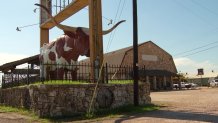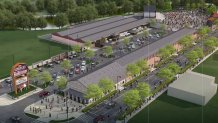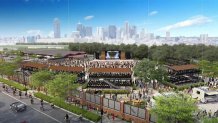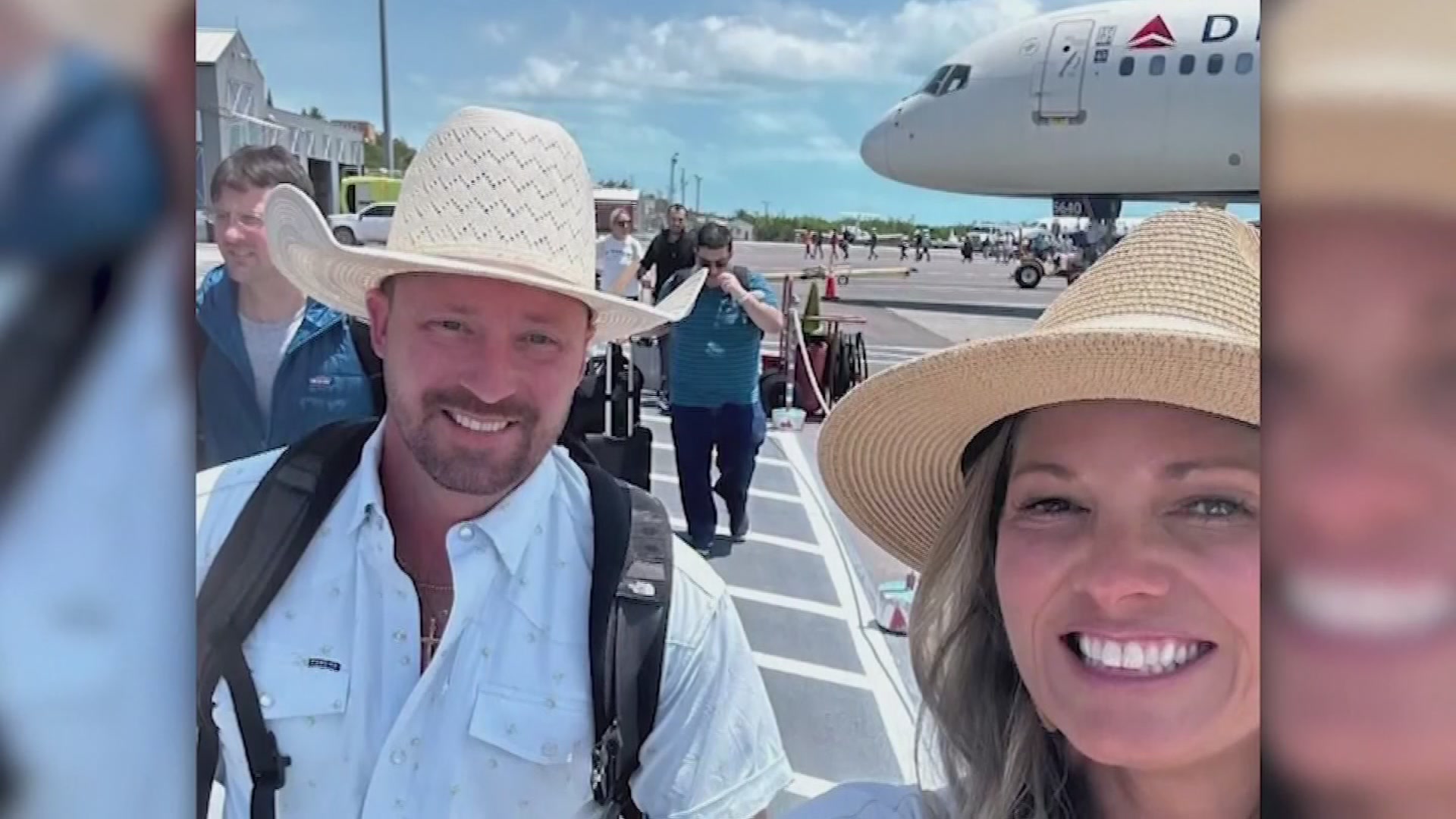A developer wants to reopen the historic Longhorn Ballroom in Dallas and he’s asking the city to chip in millions of dollars.
Dallas City Council members see the public investment as a way to save a valuable part of the city’s past and also help usher in a new future for an area in decline known as Rock Island that is around the venue.
The building, along with the sections of Corinth Street and Riverfront Boulevard outside, seem a bit worn out. It’s not hard to see why when you consider some of the histories there.
A riot occurred inside when the group "2 Live Crew" refused to play in 1990. Police were called.
Get DFW local news, weather forecasts and entertainment stories to your inbox. Sign up for NBC DFW newsletters.
Audiences were peaceful for performers like Nat King Cole and Bob Wills and the Texas Playboys.
The place opened with the name Bob Wills Ranch in 1950. It was one of just seven U.S. venues where the Sex Pistols played in the 1970s.
But it fell into disrepair over the last 30 years.

More recently, new venues took shows away, including The Texas Trust CU Theater in Grand Prairie and Toyota Music Factory in Irving. The Music Factory is surrounded by bars and restaurants that also attract visitors.
Local
The latest news from around North Texas.
In 2017, the City of Dallas provided a $500,000 grant for a Longhorn Ballroom renovation to a group that went bankrupt two years later.
Now, Edwin Cabiniss, the developer who revived the Kessler Theater in Oak Cliff, is investing $10 million and seeking $4 million more from the city for a new Longhorn Ballroom plan.
“It’s not going to happen with just me. I have ultimate confidence in my team and the artists that I know,” Cabiniss said. “This is a legacy project. My kids may take it over someday, but this is my gift back to the city.”
Members of the Dallas City Council Economic Development Committee strongly endorsed the plan they heard Tuesday. It’s in Councilman Jesse Moreno’s District 2.
“I'm fully supportive of this project. I want to thank all the departments for making this happen and I look forward to the groundbreaking, the ribbon cutting and that first concert,” Moreno said.
Committee Chairman Tennell Atkins said Dallas must not forget the history that built the city.
“The Longhorn Ballroom has been the history of the city of Dallas and that was the only venue we had for many, many years for great artists who came here. And right now, we’re looking at what can we do today,” Atkins said.
City staff members working with the developer said the revived Longhorn Ballroom would serve as an anchor for redevelopment in that part of Dallas.

The station for high-speed rail to Houston is planned for a site nearby on Riverfront Boulevard. Even if high-speed rail never arrives, high-rise development is planned on that vacant land.
Half of the $4 million city investment in The Longhorn project would replace worn-out old streets adjacent to the ballroom.
Councilman Omar Narvaez, Chairman of the City Council Transportation Committee, said the street spending may need to be greater.
“If we’re going to put up this type of money, we’re talking $4.05 million, we want to make sure we help the venue succeed by doing our part on the other things. So, if we need to up, if we determine that the intersection is really bad we may need to up the dollars,” Narvaez said.
Councilman Chad West applauded the deal negotiated by city staff which included a music and stage technology education partnership between Longhorn Ballroom and Dallas College.

“I love the historical aspects. Mr. Canabiss has a track record of restoration and activation of these historic theaters and we could not find ourselves with a better partner than we have here,” West said.
The development plan includes a new outdoor backyard performance venue and other upgrades to the old Longhorn Ballroom that Cabiniss said will help the project beat the newer competition.
“Because it is a preservation project. It's a culture project. That's a competitive advantage of the big city as compared to the suburbs because we've got culture. We've got preservation,” he said.
A full Dallas City Council vote on the city participation is scheduled for Sept. 28. The developer must meet performance goals with private investment and completion of work before the city money will be provided.



